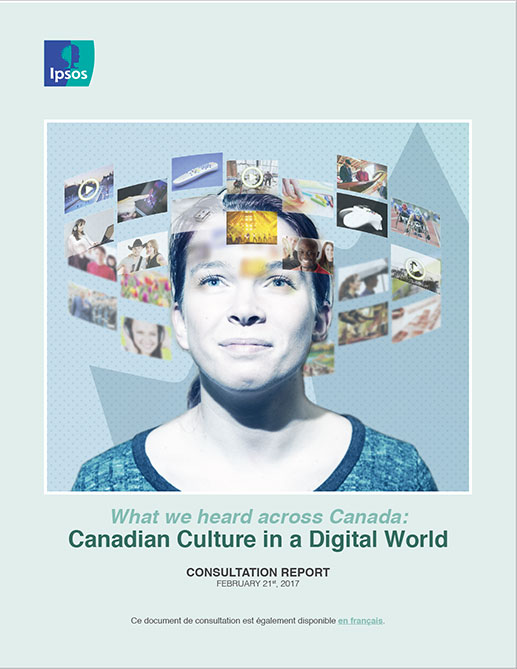Seed&Spark, the indie crowdfunding and streaming platform, believes independent films require the seed of an idea and the sparks of human and capital investments to bring them to life. Based in Los Angeles, Chicago and New York, they’ve recently turned their gaze north, to Canada.
Caitlin Gold, Acquisitions & Programming, explains:
“I’m most interested in acquiring features and series with at least one season completed. ALL filmmakers are welcome on our platform as long as they can demonstrate how their project is inclusive, and representative of the diverse world we live in. We are particularly interested in working with female filmmakers, people of colour, minorities, the LGBTQ community, etc. ALL stories matter. Later this year, filmmakers in Canada will be able to crowdfund with us as well.”
I asked Emily Best, Seed&Spark Founder and CEO, how their expanded focus on Canada came about. She replies:
“The credit belongs to ‘Storypreneur’ Annelise Larson. I met her a few years ago at the Vancouver International Film Festival where we were both tasked with guiding filmmakers to good distribution outcomes and we discovered we share a brain about building audiences. She is working on helping me open Seed&Spark’s crowdfunding platform to Canadian filmmakers and in the meantime, we’re programming a channel of Canadian films together.”
I followed up with Annelise Larson for the full scoop:
“When I first heard of Seed&Spark I was a fan of the concept, a crowdfunding platform for filmmakers by filmmakers. In my work as a digital strategist and teacher for media storytellers I instantly recognized the potential, but was disappointed it was only available in the U.S. Emily and I had an online acquaintance for a couple of years and then met in person at VIFF in the fall of 2015 when we sat on a panel about digital marketing and distribution. We realized pretty quickly we were brain twins, finishing each other’s sentences and nodding in vigorous agreement when the other was speaking. Early last year when Seed&Spark launched their streaming platform to compliment their crowdfunding platform, I knew this was something Canada needed more than ever. Emily and I both share a passion for supporting filmmakers and independent, diverse voices. We believe in the digital opportunity to help them have sustainable creative careers and want to support that whenever we can. Seed&Spark is such a fantastic, empowering model, and recently supercharged this by incorporating a dashboard interface that gives its filmmakers access to audience data that is a little mind blowing. Canadian filmmakers and storytellers need Seed&Spark. We thought a great way to begin would be to get Canadian content for the streaming platform in time for National Canadian Film Day on April 19, 2017. This day promises to be the biggest film festival in the world ever with hundreds of screenings across the country as well as online. Seed&Spark hopes to be part of that story, supporting Canada in its celebration of its 150th birthday. I hope it is just the beginning of the Canadian Seed&Spark story.”
My take: If I had a Canadian feature or web series, I’d jump all over this. It promises to be a great introduction to the Seed&Spark community, with the potential to become a funding source in the future. This is some of the best news to come out of America lately.





 The
The 
